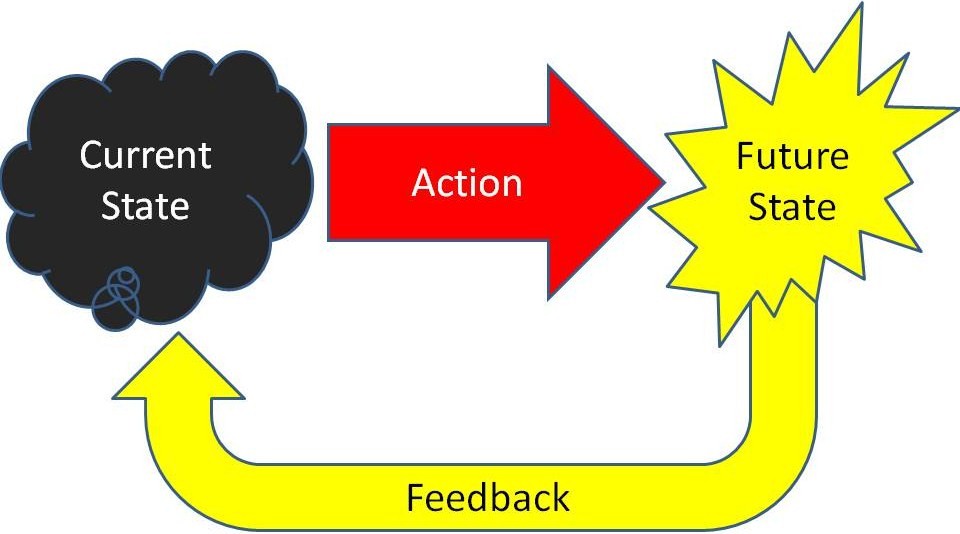
Here it is, Christmas day, and I sure hope Santa brought you everything you wanted. At first I hesitated to say that, knowing that many people on this earth are not Christians, but last week in Tokyo, where people are primarily Shintos and Buddhists, Christmas preparations were in full force. For many people it’s just another excuse to have parties and go shopping.
OK, we’re finally coming to a class of problems that requires more of a systematic approach to solve than just changing our own way of thinking or behavior. These are easiest to classify by what they are NOT. In the spirit of Mr. Spock’s sleuthing approach in Star Trek IV – The Undiscovered Country, when you have eliminated all other alternatives, whatever is left is a manageable problem. If money can’t solve it, and you’re not causing it, and it doesn’t fall into the recurring, intractable or “wicked” category, it’s a plain old run-of-the-mill problem. Not that it couldn’t turn into a more complex, hair-raising problem in the future, but for now it’s worth seeing if it will yield to a straight-forward approach to problem-solving.
At the start of this blog series I mentioned Harry Lorayne’s quote, “A problem, precisely defined, is already partially solved.” But, if you’ve read the previous related post you’ll realize that I’ve decided I’m not so fond of Harry’s quote after all. I have another reason for distancing myself from Harry’s problem-centric advice. Focusing on understanding the problem can help in certain situations, but it can just as easily make the problem bigger. A far better approach I’ve found is “Thinking From the Future”, instead of focusing on the problems, focus on the desired future state. In fact, no matter what type of problem you are facing, I recommend that you apply this easy to remember systems thinking method, shown in the diagram above, as part of your strategy. Rather than casting about for solutions, begin in the future by clearly and vividly imagining the situation as you would like it to be, with the problem completely solved. Then describe the current state just as vividly. Soon the gap between what you want and what you’ve got will provide what engineering guys might call “feedback” to guide actions to close that gap, and the motivation to keep you going.
One way to conjure up a crisp vision of the future state is to use the “First WHO . . . then WHAT?” approach that Jim Collins recommends in “Good to Great”. Ask yourself “Who is involved?” Once you identify all of the players imagine what each will be saying when the problem is solved and the ideal future state is achieved. This leads directly to the “What?” – what exactly is the desired future state? What are the characteristics of this imagined perfection? What measures of success will be observable when success is achieved? With a crystal clear vision of the desired future state you’re now in a position to come up with ways of achieving this. Use any of the dozens of common approaches to generating ideas, including brainstorming, creativity exercises, and the somewhat unpopular method of researching how other people have achieved similar results in approximately the same circumstances (also known as the “Not Invented Here” syndrome). Don’t wait for a perfect plan – – – ready, aim a little, fire then steer in the direction of the desired future state.
Today’s a gift, that’s why we call it “the present”, but keeping our eyes fixed on the future is the best way to lurch towards it. Happy, Merry, Joyous whatever to all of you!
– Kimberly Wiefling, Author of Scrappy Project Management, regularly one of the top 100 project management books in English in the USA, Japan, Germany, France, sometimes Canada, but usually NOT in the UK, for some reason. Help me solve this problem (except by dropping “scrappy” or using proper English) and I’ll send you a free book.
